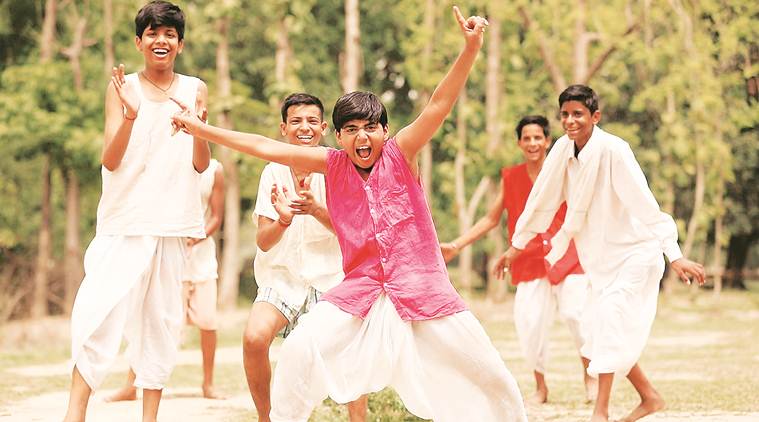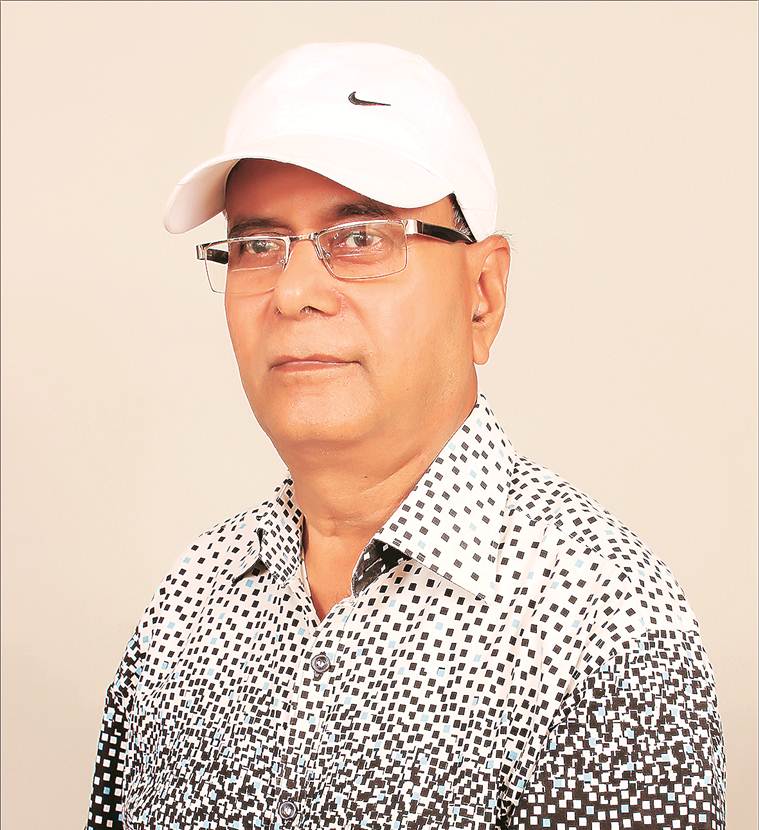
Gaya is the strongest gulli danda player in Shivgarh, a village in Uttar Pradesh. On a balmy June afternoon, he and Munna are enjoying a long game, when Munna feels tired and thirsty but Gaya doesn’t let him go till his fielding turn is over. Such is his coercion that an awestruck Munna abides by it. “The gulli might be of any shape, he pounced upon it like a lizard at an insect. I didn’t know whether his parents were alive, or where he lived or what he ate but he was a champion player of our gulli danda club. The team for which he played was sure to win. On seeing him come we would dash towards him and urge him to join our team,” says Munna, the protagonist of Narendra Singh’s recent film Gulli Danda, about Gaya. The film is based on Munshi Premchand’s eponymous
story written in the 1930s. However, Premchand had not given any name to the lead character.
The film moves 20 years later when Munna gets to know more about Gayaa. Their relationship has changed and even the game is not the same. Munna has moved to a city, works as an engineer, and is now known as ‘Manish sahib’. He returns to his village where he stumbles upon a group of boys playing gulli danda. He asks one of them, ‘Does a man by the name of Gaya live here?’ He responds, somewhat overawed, ‘Gaya? Gaya, the chamar?’
And therein appears a dark, gigantic man. Manish wants to embrace him but stops for some reason. He, instead, says, ‘Gaya, do you recognise me?’ Gaya bows to greet him. “Yes, malik. Why wouldn’t I? How have you been?’ “Even though Manish doesn’t have a second name in the film, it is apparent that he is elite, lives in a city, is the son of a thanedaar, is educated and smug,” says Singh, about the lead character of his 45-minute Hindi film, which was screened recently at Delhi’s Indira Gandhi National Centre for the Arts.

Manish wants to become Munna again, and longs for a game of gulli danda with Gaya, who agrees only after great persuasion. Even though Manish cheats during the game, Gaya never complains. His aggression is also toned down. “During our childhood, he wouldn’t have spared my life had I cheated like this. He would have caught me by the neck, but today I was cheating so openly. The donkey! He had forgotten everything,” Manish thinks aloud in the film.
A tad disappointed, as he proceeds to leave, Gaya invites him to watch the game the next day that he will play with his friends. On the field, when Gaya strikes, the gulli flies into the sky. There is no trace of hesitation, reluctance or lack of interest that Manish saw the day before. It is then that Manish realises that Gaya only pretended to play with him. He confronts the reality that he may have won Gaya’s respect but not his friendship.
This film didn’t have many takers, says Singh. A retired central government employee, he used Rs 12 lakh of his own money to make Gulli Danda. “There were many reasons I wanted to make this film,” he says, “Because, I wanted to put the focus back on indigenous sports that are inexpensive and simple and I wanted to give a chance to theatre artistes from Lucknow to play lead characters. But most importantly, I wanted to showcase how a story written during the British rule is as relevant today, 70 years after independence.” He observed that even though the zamindari system has been abolished and there is reservation for scheduled castes, on the ground and in the minds of people, nothing has changed.
Lucknow-based theatre artist Yajvendra Pratap Singh, who will next be seen in the Hindi film Ek Ank, plays Munna, while his peer in the theatre group, Sharad Raj plays Gaya. Singh says that is his upcoming films also, he will continue to star artistes from his hometown. “Ever since the state government has announced subsidies to production houses, a lot of films are being shot here, but the local artistes are still relegated to supporting roles in Bollywood films,” he says.
Though his family continues to live in Delhi, Singh often heads to Lucknow, to pursue his passion for theatre and films. Previously, he made a 36-minute film on Premchand’s Bade Bhai Sahib, which talks about idealism and sense of responsibility through the story of two brothers, who are a few years apart in age but their outlook to life is vastly different.
Currently, rehearsals are on at Singh’s studio apartment in Lucknow for the adaptation of a third story by Premchand, Kaphan, written in 1936, which is a satirical take on the exploitation of manual labourers. “Once the post-production for Kaphan is complete, I plan to put them together the three films like an anthology of Premchand stories and take them to festivals.”